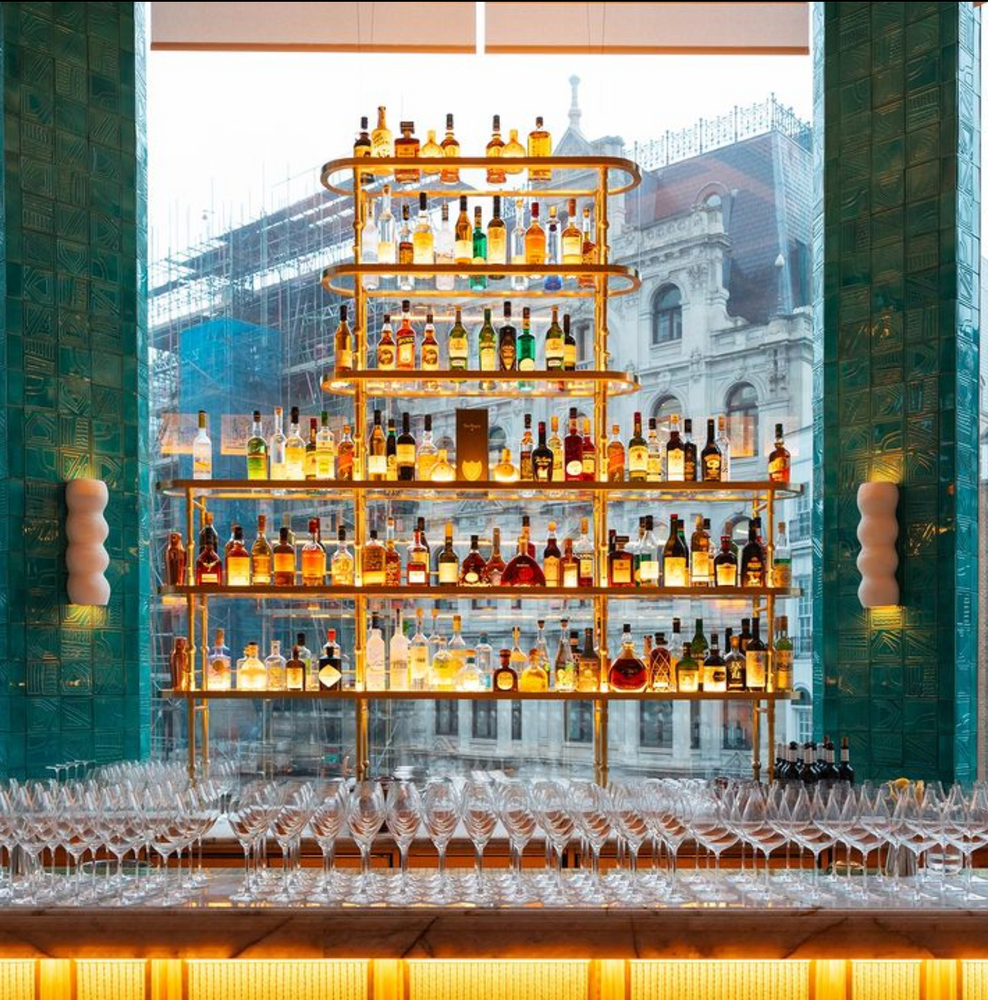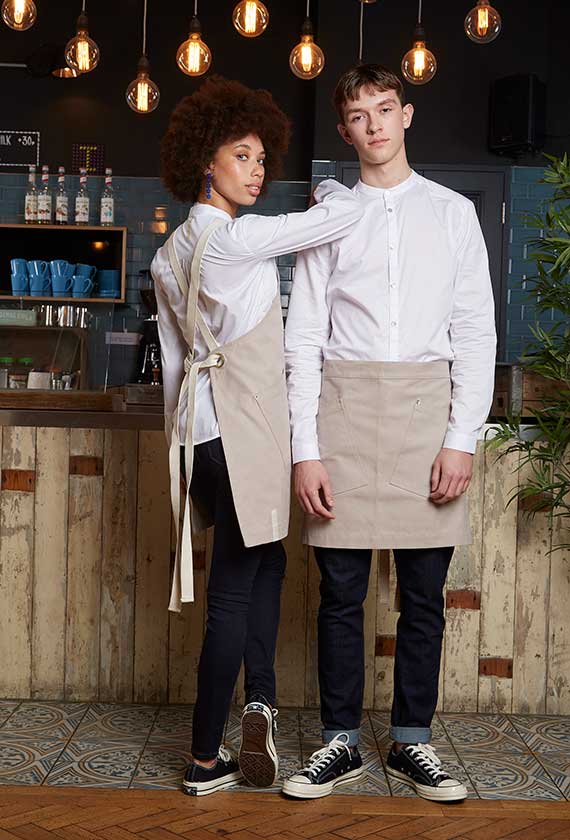The history of UK style bars.

The UK has a long and storied history of drinking culture, with pubs and taverns playing a central role in communities for centuries. However, in the 1990s, a new wave of drinking establishments emerged that would change the face of the UK bar scene: the style bar.
The origins of the style bar can be traced back to London in the early 1990s, when a number of entrepreneurs began experimenting with new drinking concepts. These new bars were characterised by their sophisticated design, innovative cocktail menus, and emphasis on creating a social experience for customers.
One of the earliest and most influential style bars was the Atlantic Bar and Grill, which opened in 1994 in the heart of London's West End. The brainchild of restaurateur Oliver Peyton, the Atlantic Bar and Grill was designed to evoke the glamour and sophistication of a bygone era, with plush velvet seating, Art Deco-inspired lighting fixtures, and a sleek black-and-white colour scheme.
The Atlantic Bar and Grill was an instant hit, attracting a crowd of celebrities, politicians, and cool folk. It quickly became the place in London, and it spawned a host of imitators across the UK.
Another influential style bar that emerged in the 1990s was the Met Bar, which opened in 1997 in the Metropolitan Hotel in London's Mayfair. The Met Bar was designed to be a more exclusive and intimate space than the Atlantic Bar and Grill, with a strict dress code and a focus on high-end cocktails and bottle service.
The Met Bar quickly became a hotspot for celebrities and the fashion set, with regular sightings of A-listers like Madonna and Gwyneth Paltrow. Its success helped to cement the concept of the style bar as a new and exciting trend in the UK drinking scene.
As the 1990s wore on, the style bar trend continued to gain momentum, with new and innovative concepts popping up across the country. One of the most notable examples was the Lab Bar, which opened in London in 1999.
The Lab Bar was designed to be a laboratory of sorts, with bartenders experimenting with new and unusual ingredients to create innovative cocktails. Its drinks menu was a work of art, with each cocktail presented as a science experiment complete with test tubes, beakers, and other laboratory equipment.
The Lab Bar was an instant hit, attracting a crowd of curious drinkers eager to try out its unusual concoctions. It inspired a wave of experimental cocktail bars across the UK, with bartenders pushing the boundaries of mixology to create ever more elaborate and inventive drinks.
In the early 2000s, the style bar trend began to evolve and diversify, with new concepts and ideas emerging to keep the trend fresh and exciting. One of the most notable examples was the speakeasy-style bar, which harkened back to the era of Prohibition-era America.
Speakeasy bars were designed to be hidden and secretive, with no signage and a strict entrance policy. They were often located in basements or other obscure locations, and customers had to know the password or have a special invitation to gain entry.
Speakeasy bars quickly became a hit, with customers eager to experience the thrill of the illicit and the exclusive. They inspired a whole new wave of underground bars and clubs across the UK, with many of them incorporating elements of vintage and retro design creating a sense of nostalgia.
The style bar is still going strong in the UK, with new and innovative concepts continuing to emerge.
The origins of the style bar can be traced back to London in the early 1990s, when a number of entrepreneurs began experimenting with new drinking concepts. These new bars were characterised by their sophisticated design, innovative cocktail menus, and emphasis on creating a social experience for customers.
One of the earliest and most influential style bars was the Atlantic Bar and Grill, which opened in 1994 in the heart of London's West End. The brainchild of restaurateur Oliver Peyton, the Atlantic Bar and Grill was designed to evoke the glamour and sophistication of a bygone era, with plush velvet seating, Art Deco-inspired lighting fixtures, and a sleek black-and-white colour scheme.
The Atlantic Bar and Grill was an instant hit, attracting a crowd of celebrities, politicians, and cool folk. It quickly became the place in London, and it spawned a host of imitators across the UK.
Another influential style bar that emerged in the 1990s was the Met Bar, which opened in 1997 in the Metropolitan Hotel in London's Mayfair. The Met Bar was designed to be a more exclusive and intimate space than the Atlantic Bar and Grill, with a strict dress code and a focus on high-end cocktails and bottle service.
The Met Bar quickly became a hotspot for celebrities and the fashion set, with regular sightings of A-listers like Madonna and Gwyneth Paltrow. Its success helped to cement the concept of the style bar as a new and exciting trend in the UK drinking scene.
As the 1990s wore on, the style bar trend continued to gain momentum, with new and innovative concepts popping up across the country. One of the most notable examples was the Lab Bar, which opened in London in 1999.
The Lab Bar was designed to be a laboratory of sorts, with bartenders experimenting with new and unusual ingredients to create innovative cocktails. Its drinks menu was a work of art, with each cocktail presented as a science experiment complete with test tubes, beakers, and other laboratory equipment.
The Lab Bar was an instant hit, attracting a crowd of curious drinkers eager to try out its unusual concoctions. It inspired a wave of experimental cocktail bars across the UK, with bartenders pushing the boundaries of mixology to create ever more elaborate and inventive drinks.
In the early 2000s, the style bar trend began to evolve and diversify, with new concepts and ideas emerging to keep the trend fresh and exciting. One of the most notable examples was the speakeasy-style bar, which harkened back to the era of Prohibition-era America.
Speakeasy bars were designed to be hidden and secretive, with no signage and a strict entrance policy. They were often located in basements or other obscure locations, and customers had to know the password or have a special invitation to gain entry.
Speakeasy bars quickly became a hit, with customers eager to experience the thrill of the illicit and the exclusive. They inspired a whole new wave of underground bars and clubs across the UK, with many of them incorporating elements of vintage and retro design creating a sense of nostalgia.
The style bar is still going strong in the UK, with new and innovative concepts continuing to emerge.

